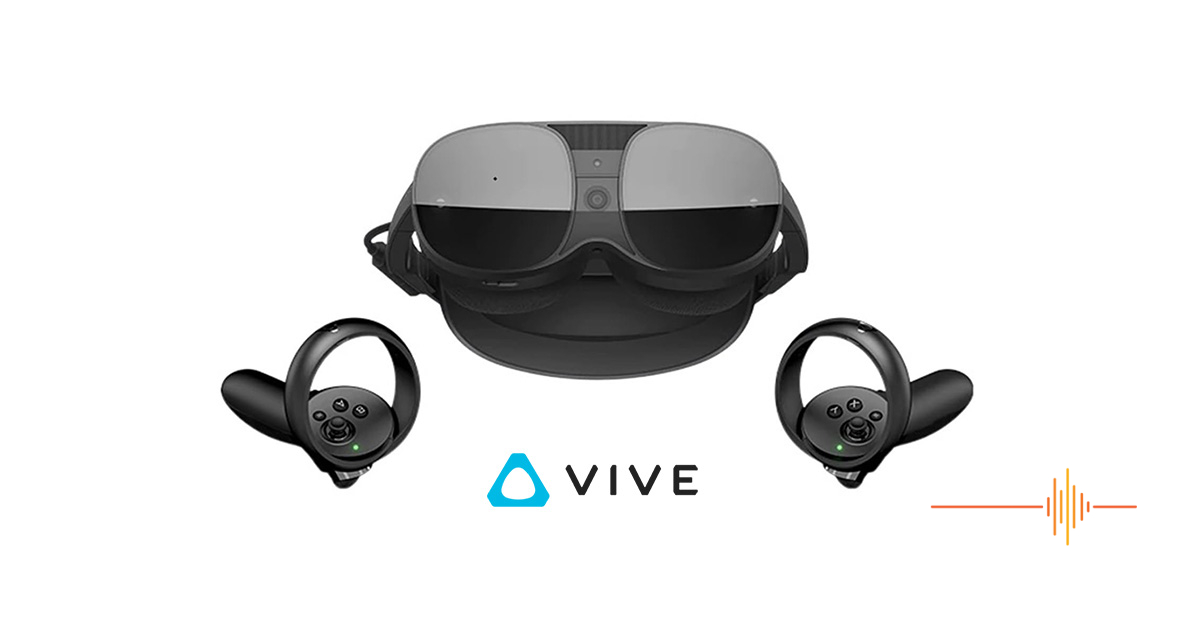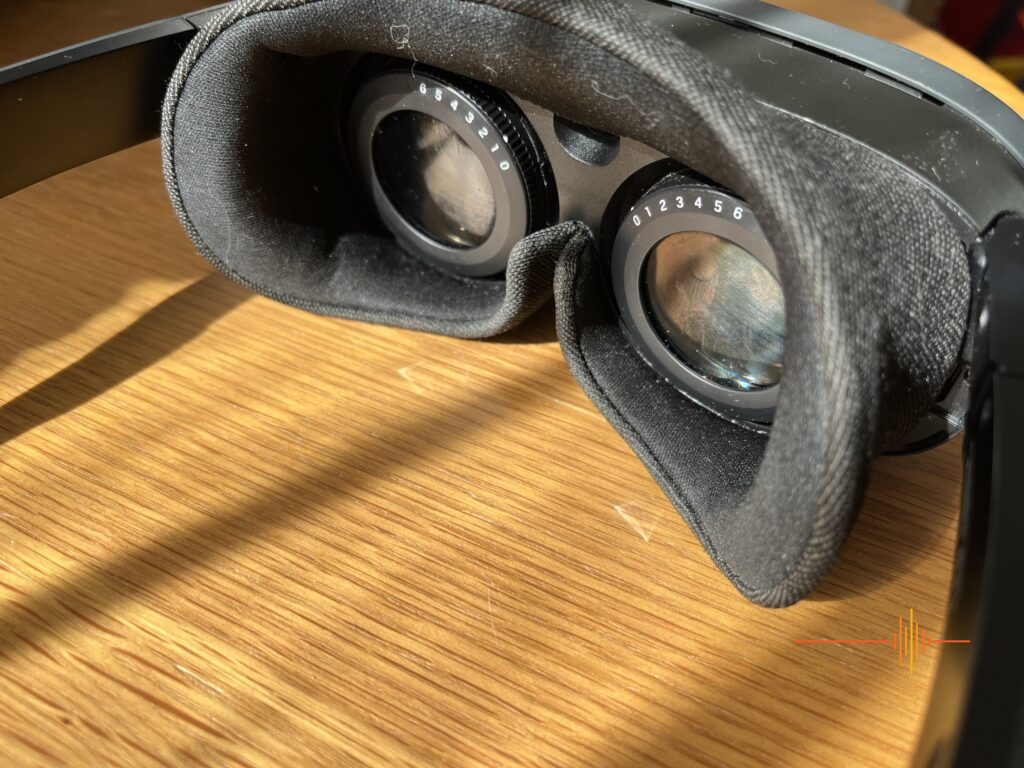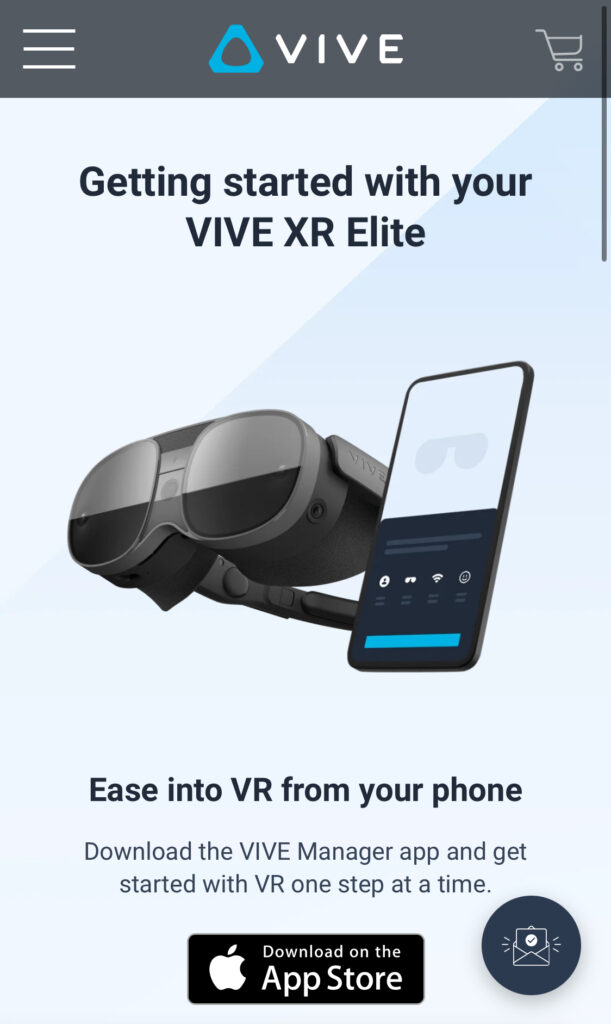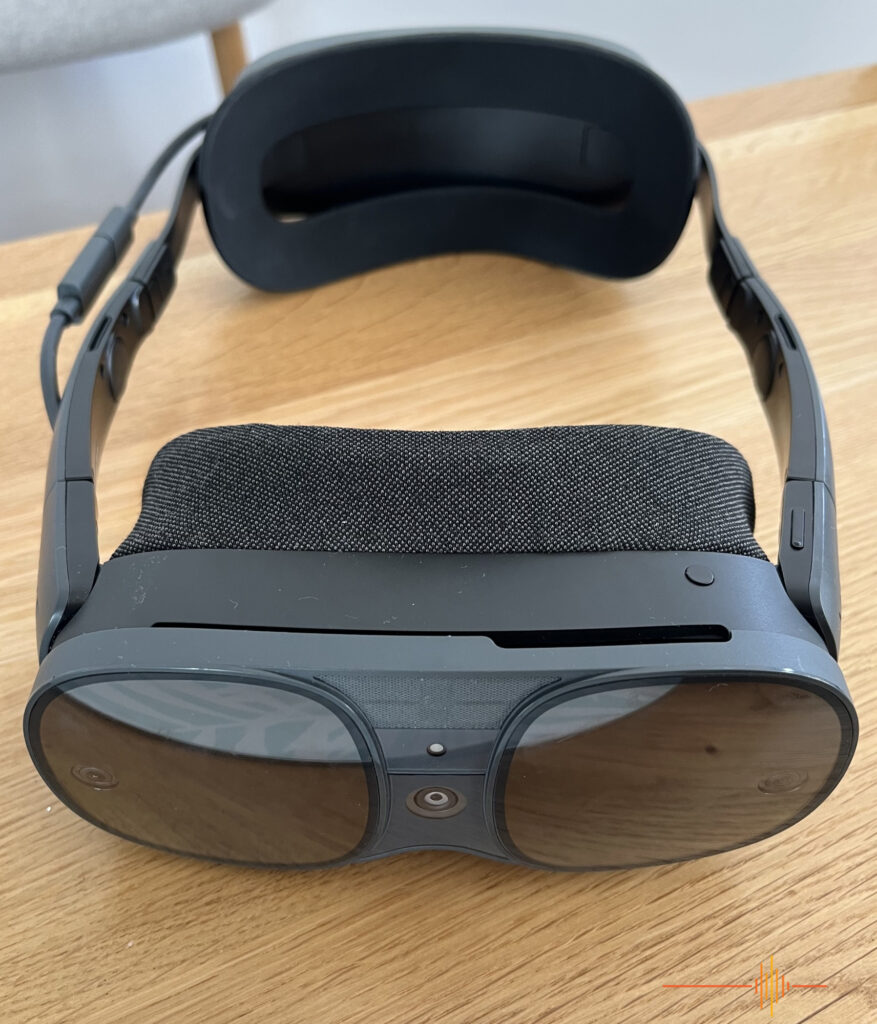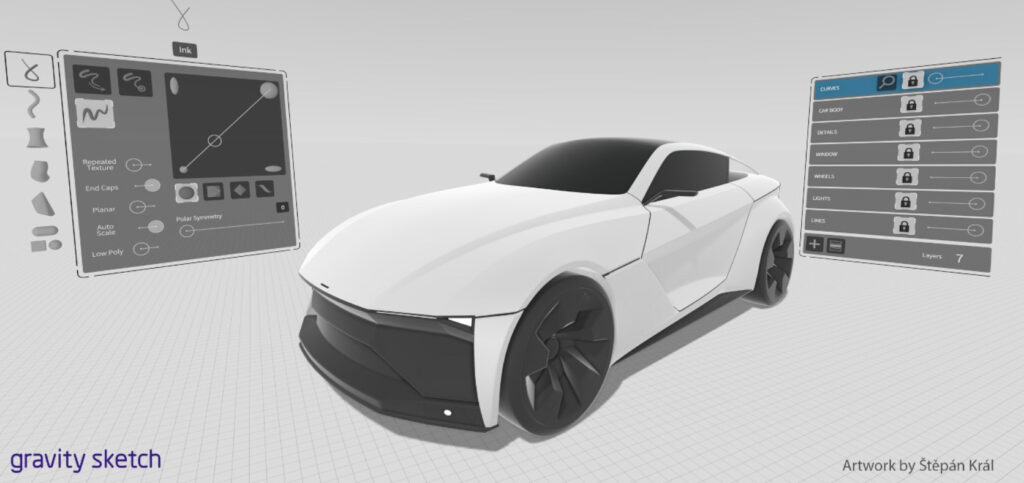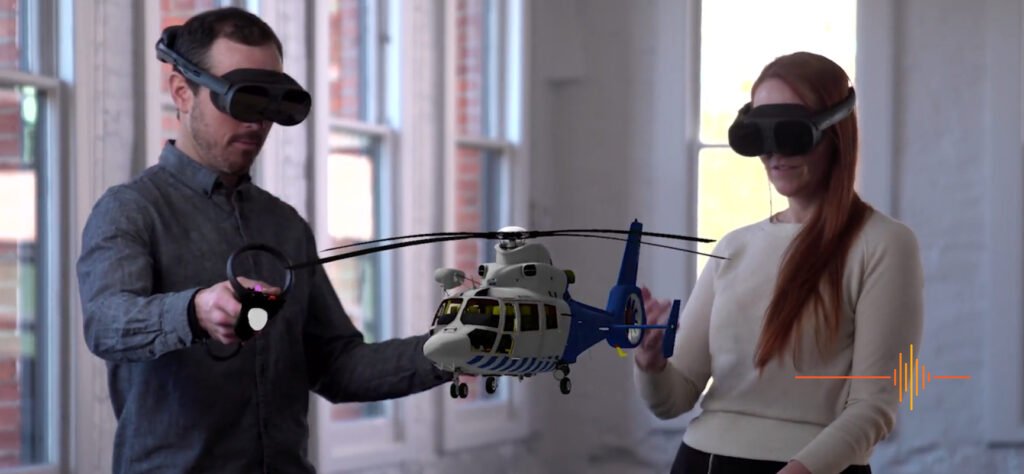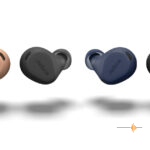HTC has been at the forefront of Virtual Reality (VR) since January 2016, when they unveiled the Vive Pre in collaboration with gaming heavyweight Valve Corporation. Over the years, HTC has fully embraced VR development, expanding its presence from the Government Defense Sector and the Mining Industry to captivating partnerships with NASA for mental health research in space. Despite industry-specific adaptations, the commercial-grade technology available off the shelf is identical to what these sectors employ, offering promising prospects for home consumers.
The HTC Vive XR Elite, the latest addition to HTC’s VR headset lineup, ventures into Augmented Reality (AR) and Mixed Reality (MR) while emphasizing outstanding portability. However, this cutting-edge technology comes at a premium, positioning the XR Elite as one of the most expensive VR systems on the market. This review aims to assess its performance and compare it against competitors, exploring its strengths and potential limitations.
If your interest lies in gaming, the XR Elite may not be your go-to choice; instead, it shines in work productivity, education, and other commercial applications. While it does support gaming, particularly in standalone mode, HTC offers alternatives like the Focus 3 for dedicated gaming enthusiasts.
Before delving into the intricacies of VR/AR/MR, here’s a brief primer for those less familiar with the jargon.

Credit: Intel.
Design and Build Quality
Sporting a sleek combination of glass and matte black, the XR Elite exudes an almost insect-like aesthetic, complemented by four discreet tracking cameras. Notably, it features removable temple pads, accommodating the expandable and hot-swappable battery pack situated at the back of the head. Weighing in at a mere 625 grams with an even distribution of weight between the eyepiece and the curved battery, the XR Elite offers an ergonomic experience. The battery’s twist adjuster ensures a snug fit when using the magnetic fabric gasket at the front. Additionally, glasses wearers are catered to with dioptre adjustment in the lenses, allowing most prescription glasses wearers to use the VR headset comfortably without additional eyewear.
Getting Started, Tracking, and Motion Controls
Setting up the Vive Elite XR is a straightforward process, from connecting to your home WiFi network to establishing virtual perimeters without the need for extra hardware. Drawing boundaries by pulling the trigger on the controller creates a seamless experience, and the 16-megapixel camera prevents you from wandering beyond your designated space. Navigating the app store for game and app installations is a breeze, with compatibility strength stemming from the partnership between Valve (Steam) and HTC.
The XR Elite’s 4 tracking cameras facilitate 6DoF (6 Degrees of Freedom) for natural movement in your space. While hand tracking and controls can be hit-and-miss, issues often appear to be app-specific. Challenges, such as repeated gestures during setup or controller sync problems, may arise. Despite being lightweight, the controllers provide an immersive experience, though a bit more heft might enhance the user perception.
Hardware Specifications and Battery Life
Powered by Qualcomm’s Snapdragon XR2 processor, the XR Elite is equipped with 12GB RAM and 128GB storage. Connectivity features include USB-C, Bluetooth 5.2 LE, and WiFi 6E, offering speeds exceeding 1Gbps. Sound is provided by speakers in the temple pads and which provides a nice airy feel, as wearing headphones for a long period of time could be uncomfortable. You can, however, pair headphones and other input devices like keyboards and mice to the Vive XR Elite, if you like.
I wonder if HTC missed an opportunity with the XR2 Gen 2 processor that would put any questions about performance to bed and firmly back up its flagship status.
With a battery life comparable to competitors, the plug-in battery at the back of the head provides approximately 2 hours of usage time, aligning with Meta Quest Pro and Quest 3 standards.
Display and Optics
The XR Elite’s two LCDs, each boasting a resolution of 1920×1920 pixels (3840 x 1920 pixels combined – technically 4K), a 90Hz refresh rate, and a 110-degree field of view, promise a nausea-free, immersive experience. The “Passthrough” feature, utilizing a 16-megapixel camera, offers a decent real-world view with a button tap. However, limitations arise when using a phone or tablet due to blurry screens, impacting the ability to perform tasks. Depth perception challenges may also be encountered when gauging the distance of your hand to objects.

Pass-through also allows for mixed-reality applications.
Software
The Vive XR Elite’s catalogue is rich with games and apps, though lacking a flagship game. Interactive educational apps, relaxation tools, first-person shooters, and arcade-style simulation games abound. Exploring MR apps like Gravity Sketch, where 3D drawings manifest in the real world, showcases sublime controller tracking and intuitive capacitive feedback.
PC streaming utilises Vive’s USB-C cable or Wi-Fi 6, which is an enticing feature. The USB-C cable is expensive (at $139), and I encountered some issues with bugs and performance glitches during testing using both USB-C and Wi-Fi. Some research on Reddit from other XR Elite users (who had contacted HTC support) helped remedy many of the issues I experienced, but it still wasn’t perfect. Future potential lies in Wi-Fi streaming, hinting at a future where cloud streaming over 5G and 6G networks becomes mainstream, which HTC envisions happening.
Conclusion
The HTC Vive XR Elite boasts impressive design (unique features like dioptre adjustment), portability, and commercial-grade quality, with the exception of the controllers that might feel slightly cheap. It is comfortable for extended use and could serve all-day purposes if battery life permitted. However, the performance-to-price ratio may pose a challenge, especially considering the investment required. Priced at $1799, the total cost, including accessories, can easily surpass $2000, and with alternatives like the Quest 3 in the domestic consumer market and Quest Pro offering more performance at the same or lower cost, the Vive XR Elite has a battle on its hands. The XR Elite holds promise and was largely an enjoyable experience, but improvements in application quality in Viveport, enhanced PC streaming support, and chipset performance could elevate its standing in the market.
DRN wishes to thank HTC for loaning us the Vive XR Elite for this review.


